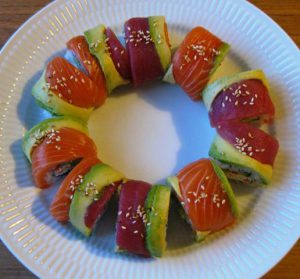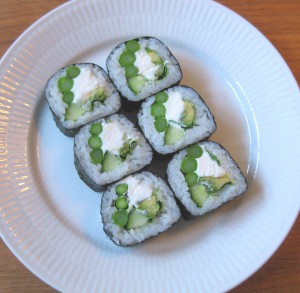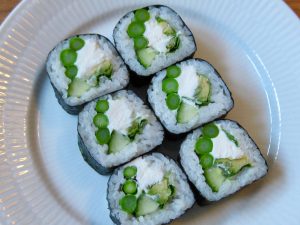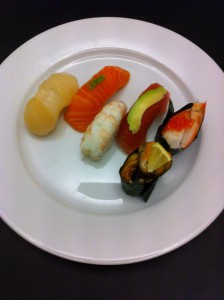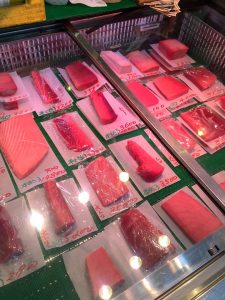
More often than most people know.
At Japanese restaurants, you don’t place a freshly caught squid on the plate and send it directly to the guests. You would never do that.
A raw squid that often comes from China is “prepared” with the same care as any other raw material. Very few people discover that they have eaten squid. It took me 10 years to discover that.
For several years I had noticed that I was served something indefinable on a regular basis. It tastes fine and repared in a delicate way so I could not figure out what it was. In Denmark we do not have waterman on the menu.
One evening when I was dinning in Tokyo a Japanese friend told me that it was a jellyfish that I was eating.
Read more about Sushi Sushi Chef & Sake Sommelier Zoë Escher
_
Zoë has held sushi courses and cooking classes for A. P. Moller – Maersk, Hugo Boss Nordic, Novo Nordisk, Novartis, Velux, Gorrissen Federspiel, Beierholm revision, Elbek & Vejrup and many more.




